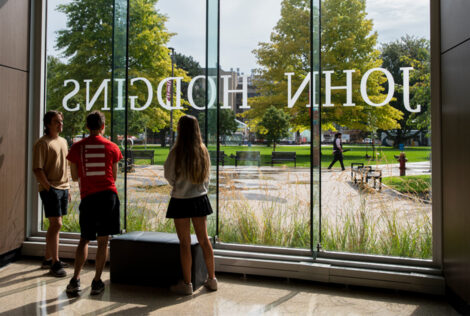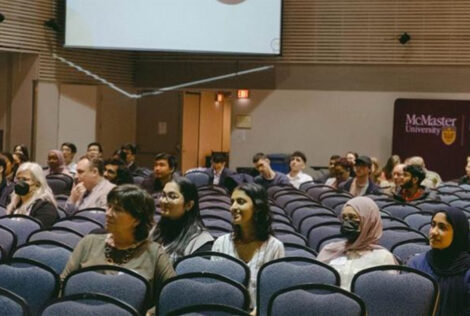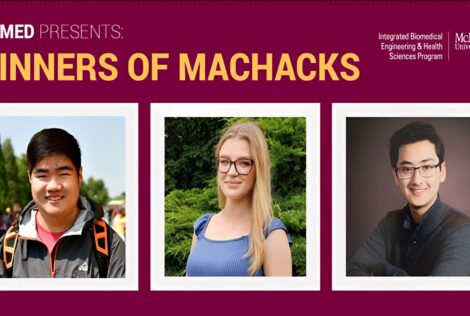
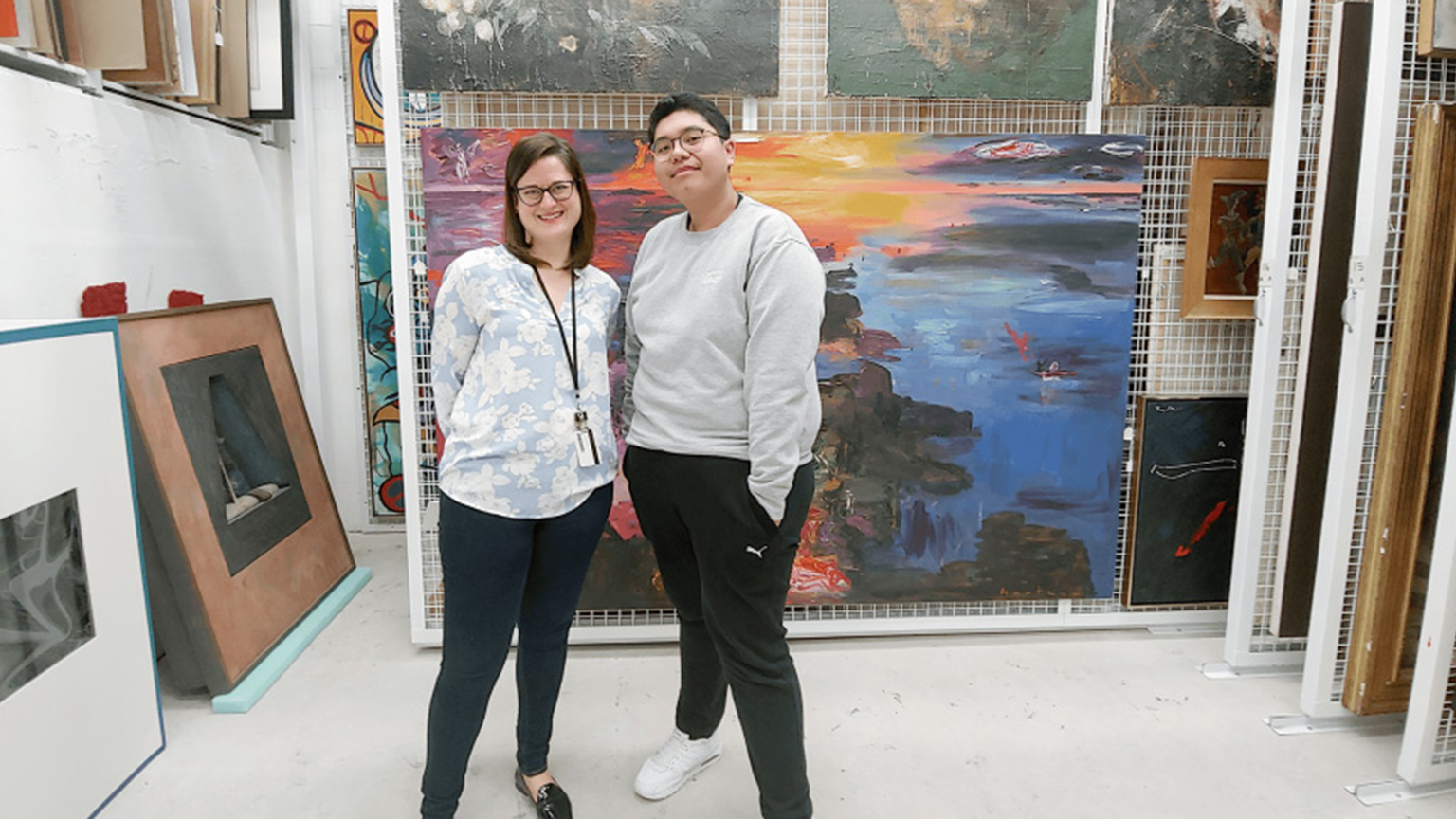
Earlier this year, third-year Health, Engineering Science and Entrepreneurship (HESE) student Raymond Tolentino lead a workshop that took place at the McMaster Muesum of Art. While this may sound like an unconventional classroom for a Health Sciences and Engineering program, Tolentino explains why this made for an ideal setting.
Tell us about the inspiration behind this workshop
This event is a creative and interactive workshop where students in the 2nd year HESE (2E06) class are able to strengthen their skills in observation, communication, creative thinking and empathy through art. These skills are essential in the work that they’re doing in class and also for future classes. I would say that this workshop can be applied for a variety of individuals as those aforementioned skills are important for any work one is doing. The event starts with a formal observational analysis of certain pieces of artwork at the museum. This will allow for the students to learn and gain skills through the analysis of artwork. Students will then use what they learned from these formal analysis sessions and apply it to the prototypes and ideas they are currently working on in class.
The inspiration for this event actually came from the work that I was doing when I was a second year HESE student. For one of our projects, we were trying to build a prototype which promoted creative confidence for McMaster students. One of the ideas that I came up with was the construction of a workshop. I’ve also always had an admiration of art and loved creating whatever was on my mind through different mediums such as paintings, drawings, etc. Thus, through the integration of those two topics, this workshop was formed.
Tell us about STEAM education
STEAM education is an integrated approach to learning, and it stands for Science, Technology, Engineering, Art and Mathematics. This type of education aims to integrate art-based learning into the already well-known STEM education. This type of learning teaches students to innovate, think critically, and approach creatively to real world problems. In addition, STEAM incorporates inquiry-based principles and adaptable frameworks which lets students learn difficult topics such science and math based on their needs and understanding.
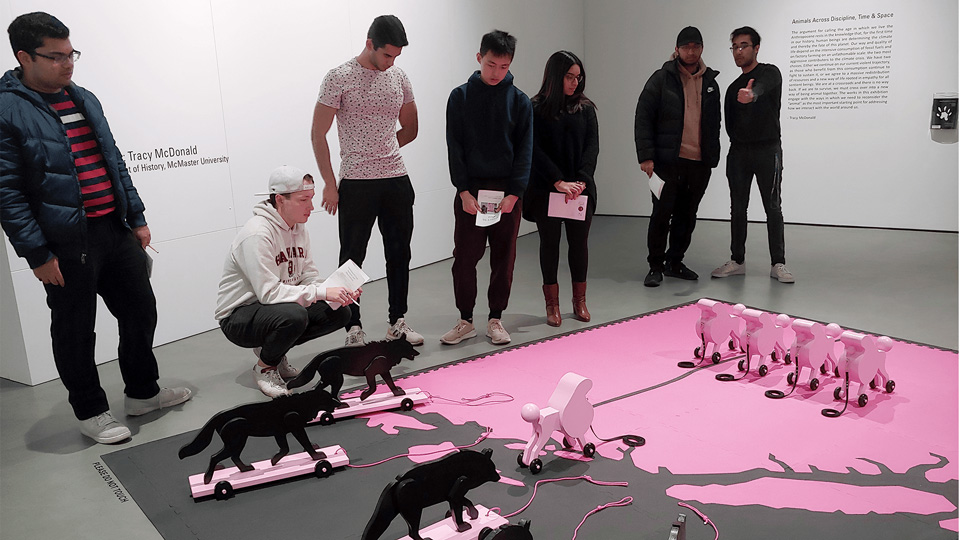
Why have you chosen to host this event at the Museum of Art?
I have chosen to host this event at the McMaster Museum of Art due to the artistry and creativity associated with the museum. I also found it fitting to host the event at the Museum of Art as many of the concepts we’ll be discussing within the workshop are about art and its integration with science and technology. There is also a portion of the workshop where we utilize the exhibits within the museum. It is also a change in environment where students can experience their learning outside the classroom.
For those unfamiliar, can you explain Design Thinking and human-centred design?
Design thinking and human-centred design are two main concepts that were first introduced in HESE and are continuing to be taught in third year. These two concepts are an approach to understanding the user’s need while designing the product or service. It is an iterative approach which allows the designer to question the assumptions, the problem and implications of the solution. There are five phases to this process which include: Empathy, Define, Ideate, Prototype and Test. First, one should empathize with the user to truly understand what they need. Then, they should define the question and finalize the need of the user. Once completed, this is where the designer(s) are able to come up with ideas, prototype and then test their solution. The important part of this process is to always relay back to the user and how it would affect them.
What made you choose HESE?
I chose HESE because of what it had to offer which was a combination of health sciences, engineering techniques and entrepreneurship skills. I found that this was the perfect combination of all the things that I enjoyed learning while in university.
What do you like most about HESE?
What I like most about HESE is the variety of topics we’re learning and the opportunities it opens up for us. Something interesting and new that’s happening this year in the third year HESE class is that all of the students are shadowing different types of physicians in the hospital. For example, some students are going to an organ donation clinic, others are shadowing radiologists and cardiologist, etc. The project I’m currently working on is at the emergency department and there we are able to interact with patients and talk with emergency physicians on the process of the emergency department. HESE allows us to go and learn outside of what one would call a typical classroom.
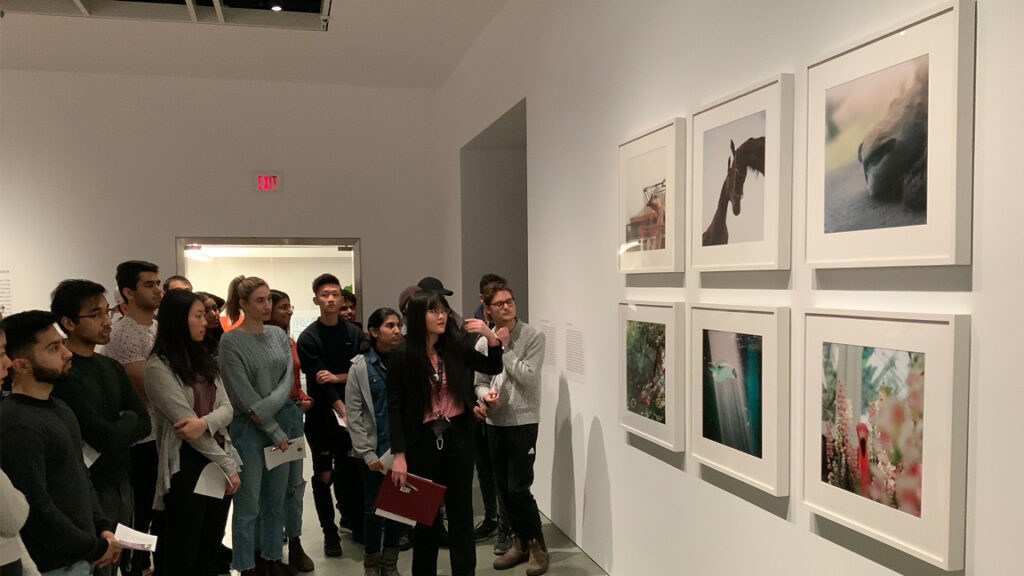
Tell us about concepts and topics you’re learning in HESE.
The concepts and topics that I’m learning in HESE are always growing and building off from one another each year. I’m currently in third year and there are still topics that are echoed from second year HESE. One of the main concepts that we have always thought about was the design process which include the five phases: Empathy, Define, Ideate, Prototype and Test. This year, one of the main topics we are focusing on is the needs finding process which I would say looks deeper into the empathy and define phases of the design process. This is an important topic because we want to understand what the user needs even if they don’t know if they need it. Through observation and communication, we’re trying to have a deeper look into the perspective of different stakeholders and their role in the process of the product we’re designing. Therefore, this workshop is helpful in understanding and finding details that we don’t normally notice.
Any ideas about what you might like to do after you graduate? If so, how do you feel the HESE program is preparing you?
There are some ideas floating around my head at the moment. One of the many things I enjoy about HESE is the multitude of guest speakers with various background that come in to speak about their journey and what they are currently doing. These guest speakers have opened my eyes to the different avenues one can take after graduating. After listening to one guest speaker’s talk, I started to think about graduate school and the different graduate programs such as engineering or business.
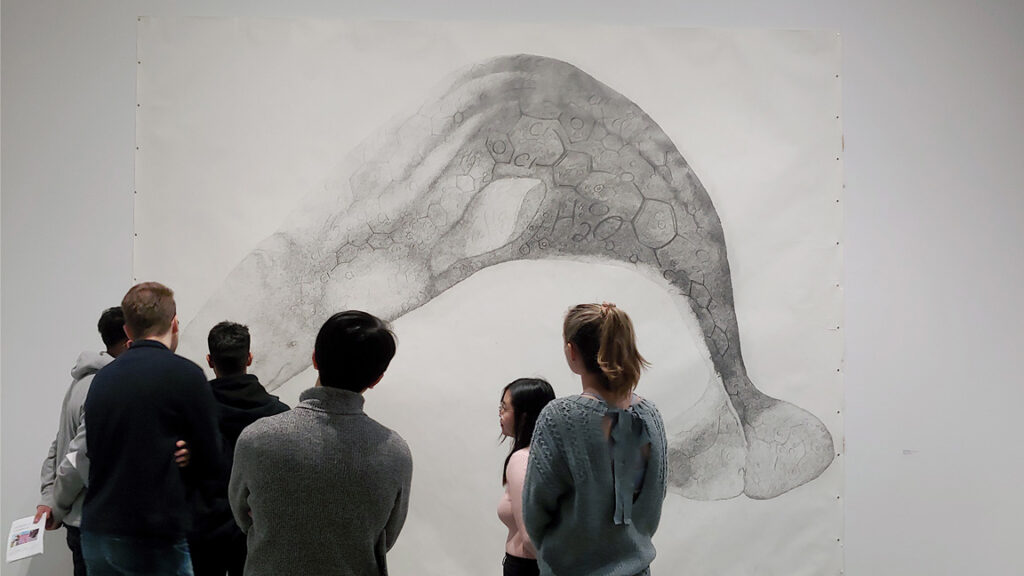
What has been your favourite course in the HESE program so far and why?
My favourite courses in the HESE program so far are the HESE-specific courses: IBEHS 2E06 and IBEHS 3E06, these two courses are run by amazing professors: Dr. Sean Park and Dr. Anna Korol, respectively. They have done an amazing job of making these courses interesting and engaging. In the IBEHS 2E06, we were able to tap into our creativity confidence and began the outline of the design process. While in IBEHS 3E06, Dr. Korol had us take a deeper look into different stakeholders and their needs. I enjoy learning these topics and both professors teach these concepts in a way which keeps the students interested and constantly thinking. I’m excited to see what next year’s class will consist of and what we will be learning!
Want to learn more about HESE? Check out Dr. Park and Dr. Korol’s video about why HESE might be for you!

